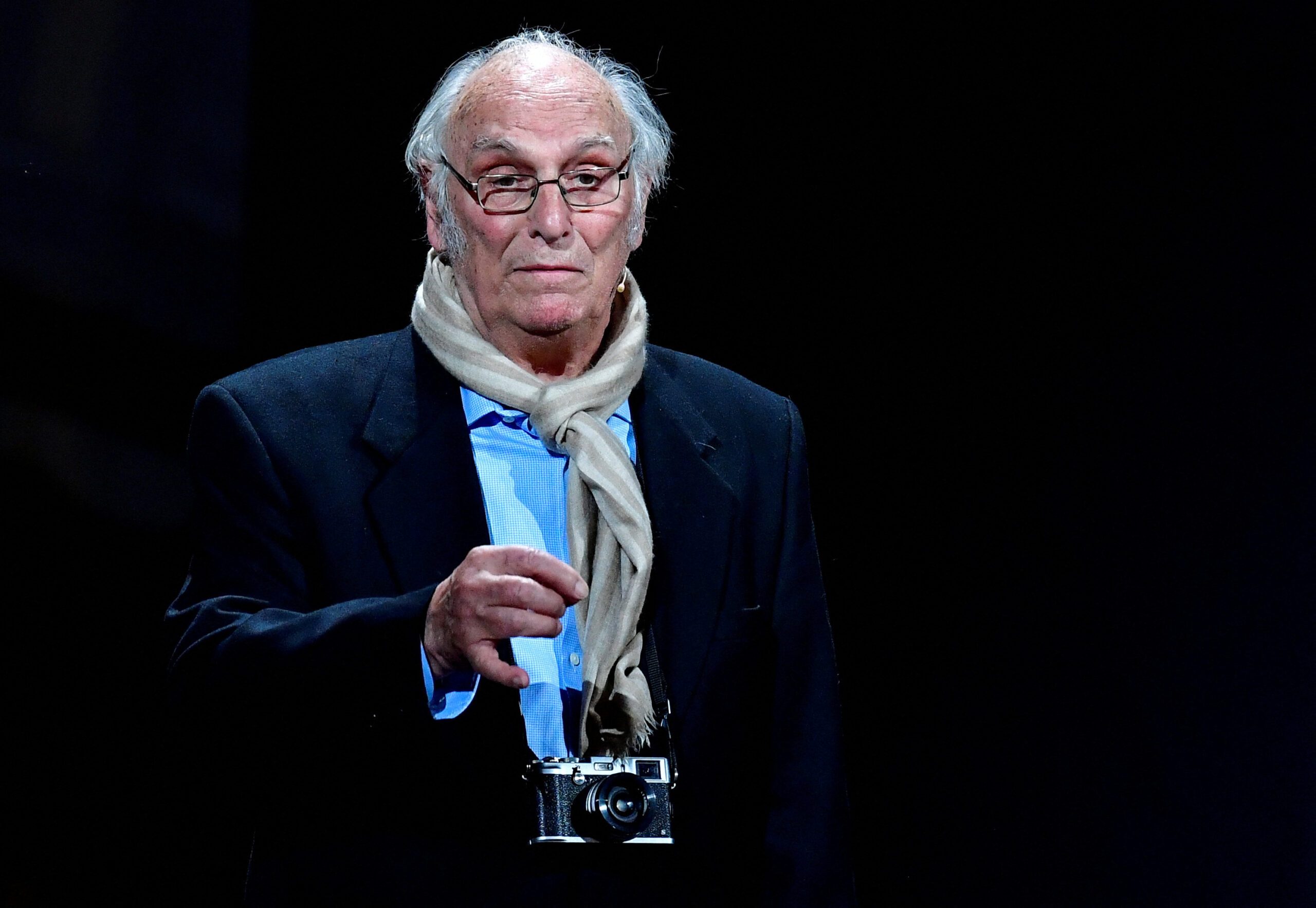SUMMARY
This is AI generated summarization, which may have errors. For context, always refer to the full article.

MADRID, Spain – Filmmaker Carlos Saura, who led the awakening of Spain’s art cinema after decades of fascist dictatorship under Francisco Franco and captivated international audiences with passionate flamenco choreography dramas, died on Friday, February 10. He was 91.
The Spanish Academy of Cinematographic Arts and Sciences said Saura, died at home surrounded by loved ones. He had been due to receive the academy’s Honorary Goya Award at the annual awards ceremony on Saturday.
Actor and director Antonio Banderas, one of Spain’s most famous faces, wrote on Twitter that “a hugely important part of Spanish cinema died with Carlos Saura, who leaves behind an oeuvre essential for a profound reflection on the behaviors of the human being”.
Spanish Prime Minister Pedro Sanchez tweeted: “Carlos Saura leaves us, a fundamental figure of Spanish culture.”
Although critics likened him to Sweden’s Ingmar Bergman for a similar concern with dreams, symbolism and death, Saura dealt with intrinsically Spanish themes, often evoking the 1936-39 Civil War and the subsequent rule of Franco that ended in 1975.
His films enjoyed great popularity at home but it was his 1983 production of Carmen – a drama-within-a-drama involving a dance troupe and based loosely on the Georges Bizet opera – which gained him worldwide commercial success.
Carmen won prizes at film festivals, including Cannes, and continued Saura’s collaboration with choreographer Antonio Gades that had begun in 1980 with a dance version of Federico Garcia Lorca’s play Blood Wedding.
Along with the 1986 El Amor Brujo (The Bewitched Love), the films make up Saura’s Flamenco Trilogy, shot as stage productions, or even rehearsals, with minimal set design.
Saura first gained wide international fame with Cria Cuervos (Raise Ravens) in 1977, a symbolic treatment of death and Spanish society seen through the eyes of a young girl and starring his muse and common-law wife Geraldine Chaplin as her mother.
Saura, whose films shared a common theme of destructive, obsessive love, wed thrice and lived with Chaplin for 13 years. Chaplin worked on several scripts with him and starred in half his films until they separated in 1979.
Admired by American filmmaker Stanley Kubrick, Saura traced his criticism of bourgeois culture and use of fantasy and flashbacks to surrealist Luis Bunuel, a fellow native of the Aragon region and a close personal friend.
Bespectacled and introspective, Saura cultivated a hermetic image, and was more concerned with self-expression than profits. A critic once said he resembled a seminary student more than a member of the slick film world.
“For me the cinema is a type of drug, an obsession,” Saura once said. “What I like is that it is a solitary pleasure.”
Born in the northeastern city of Huesca in 1932, Saura was raised in Murcia in the arid south. His brother Antonio became one of Spain’s leading modern painters.
Saura dropped his industrial engineering studies in 1949 to become a photographer, and later studied journalism and film-making. He taught cinema and worked on several short films before making his first feature-length work, The Delinquents, in 1960.
Influenced by Italian neo-realists, he never lost this early concern with social issues and condemned censorship under Franco, but never considered himself a political artist.
Saura had seven children, including a son by Chaplin and a daughter by his third wife, Spanish actress Eulalia Ramon. – Rappler.com
Add a comment
How does this make you feel?






![[Only IN Hollywood] ‘Kinds of Kindness’ cast, Lanthimos on their ‘bizarre, special’ film](https://www.rappler.com/tachyon/2024/07/KindsofKindness-Emma-Stone-Yorgos-Lanthimos-and-Jesse-Plemons-at-the-New-York-premiere-of-Kinds-of-Kindness-Searchlight-Pictures11.jpg?resize=257%2C257&crop=238px%2C0px%2C853px%2C853px)
![[Only IN Hollywood] Producer Alemberg Ang reveals details on Isabel Sandoval’s ‘Moonglow,’ other projects](https://www.rappler.com/tachyon/2024/06/AlembergAng-Alemberg-Ang-Isabel-Sandoval-and-Arjo-Atayde-on-set-of-their-Moonglow-set-in-the-60s-and-70s.-Contributed-Photo.jpg?resize=257%2C257&crop_strategy=attention)
![[Only IN Hollywood] Kevin Costner’s big financial gamble to make not one but four ‘Horizon’ films](https://www.rappler.com/tachyon/2024/06/kevin-costner-standing-ovation.jpg?resize=257%2C257&crop=187px%2C0px%2C853px%2C853px)

There are no comments yet. Add your comment to start the conversation.